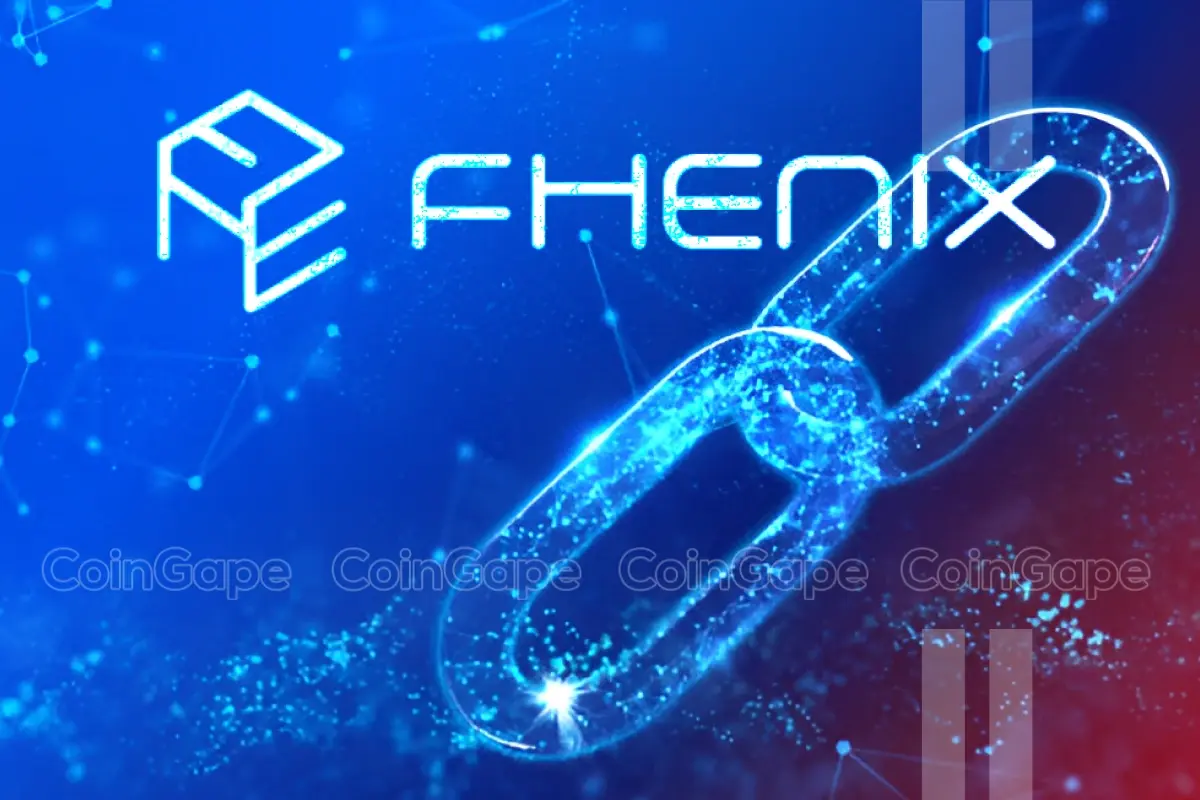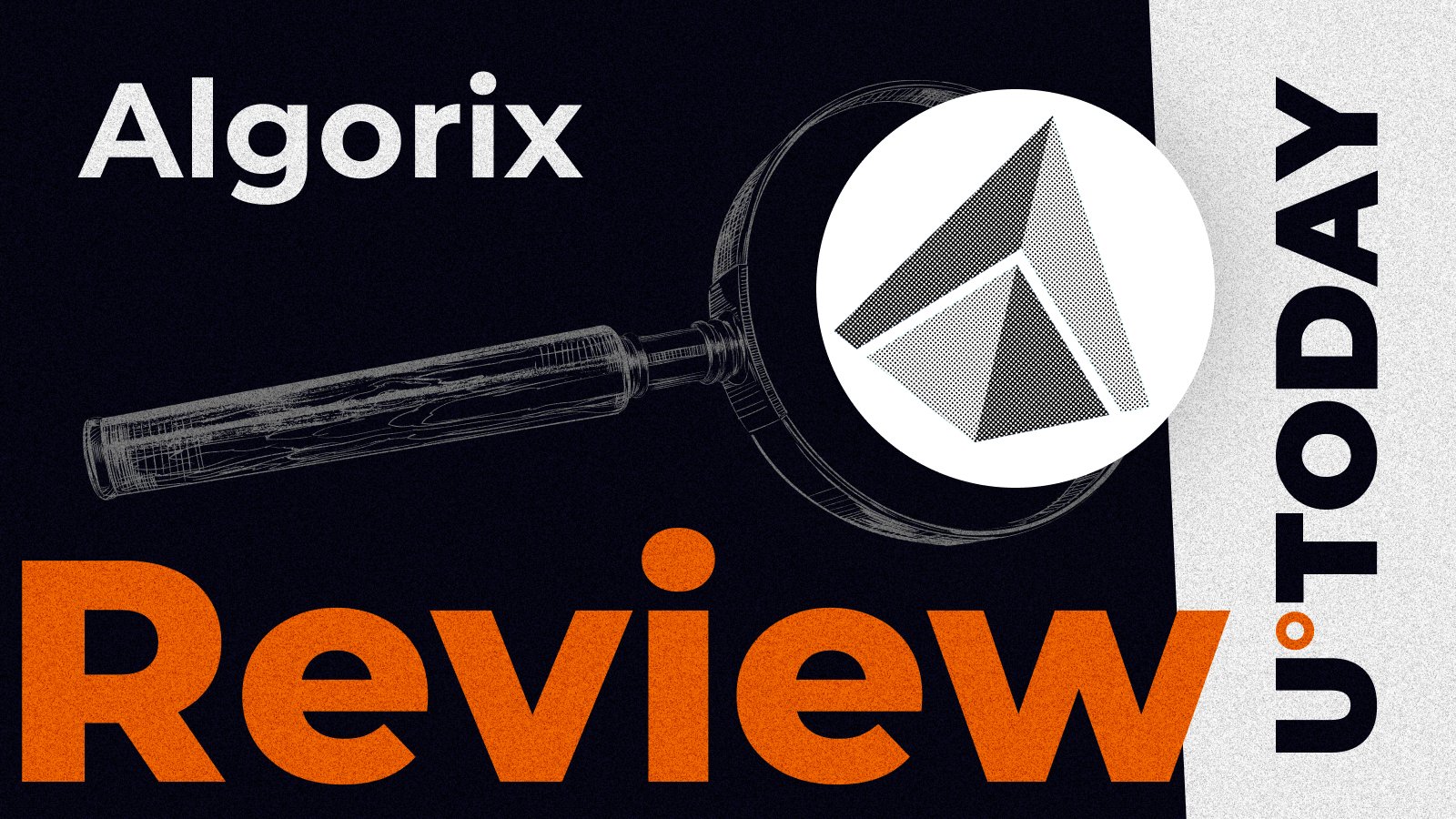Fhenix, the Layer 2 utilizing Fully Homomorphic Encryption (FHE), has launched its latest testnet, Nitrogen. The upgrade adds advanced decryption capabilities and marks a significant step toward the network’s mainnet deployment.
The release of Nitrogen will make it easier for developers to explore the possibilities Fhenix offers in terms of data handling, particularly when it comes to computing encrypted data, the major differentiator between its FHE implementation and traditional ZKPs.
According to Fhenix CEO Guy Itzhaki, “The Nitrogen testnet is a major step towards providing a permissionless, censorship-resistant platform for confidentiality with FHE. The introduction of the Threshold Network, along with new features such as Parallel Decryptions and Security Zones give developers the tools they need to create powerful confidential applications on Ethereum and bring us one step closer to the Fhenix mainnet launch.”
Decentralization Meets Decryption
The Nitrogen testnet enhances network decentralization through the implementation of a Threshold Network. This mechanism manages decryption processes in a trust-minimized manner, bolstering the security and integrity of the Fhenix ecosystem and making it a “true” blockchain that isn’t reliant on centralized dependencies.
To address the computational demands of FHE schemes, meanwhile, Nitrogen introduces Parallel Decryptions. This feature employs asynchronous decryption to expedite operations, ensuring users experience swift and seamless interactions. The benefits Nitrogen introduces will be felt by developers at this stage, but once its mainnet launches, it will be end users who benefit by the sorts of features that Nitrogen has debuted.
Multiple Security Zones and Randomicity
Developers can now utilize Security Zones within the Nitrogen testnet, offering a customizable approach to dapp security. This is another major feature that will prove invaluable, both when testing applications and when it comes to deploying them in a live environment, where dapps will be configured to meet the needs of specific user groups.
Two distinct zones are available on Nitrogen: Zone 0 is the default setting, prioritizing security and minimizing user trust requirements, while Zone 1 emphasizes performance, utilizing a single local keyset managed by the sequencer to streamline decryption processes. This flexibility allows developers to tailor their applications based on specific security and performance needs.
Having incorporated Celestia for data availability, the Nitrogen testnet also reduces transaction costs and enhances price stability. This integration supports a more efficient and cost-effective user experience. Finally, Nitrogen introduces a native function, FHE.rand(), enabling automatic generation of random numbers. This addition simplifies development processes and broadens the potential for creating diverse applications within the Fhenix ecosystem.
Fhenix Moves Into Gear
Fhenix is the best-known blockchain project working on Fully Homomorphic Encryption, an advanced cryptographic technique that allows computations to be performed directly on encrypted data without requiring decryption. This capability ensures data remains confidential throughout processing, offering robust security for sensitive information. By integrating FHE, Fhenix enables developers to build confidential smart contracts on Ethereum, preserving privacy and integrity in decentralized applications.
The Nitrogen testnet represents a significant milestone in Fhenix’s journey toward establishing a Layer 2 for onchain confidentiality. With substantial improvements in security, performance, cost-efficiency, and user experience, Nitrogen lays the groundwork for a vibrant ecosystem of confidentiality-focused applications on Ethereum.
Disclaimer: The presented content may include the personal opinion of the author and is subject to market condition. Do your market research before investing in cryptocurrencies. The author or the publication does not hold any responsibility for your personal financial loss.









✓ Share: